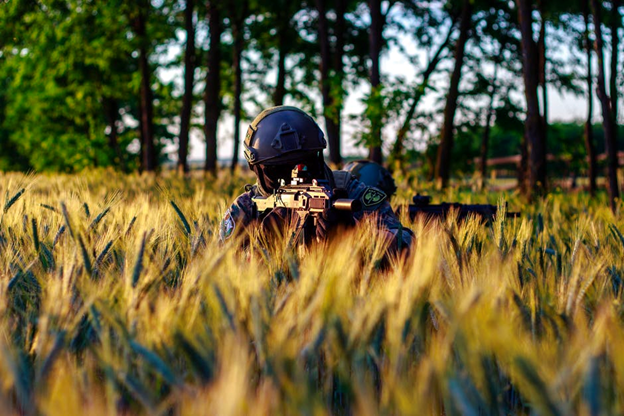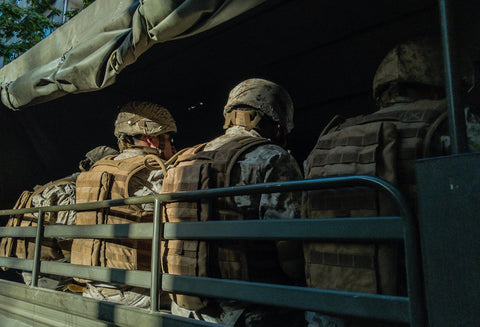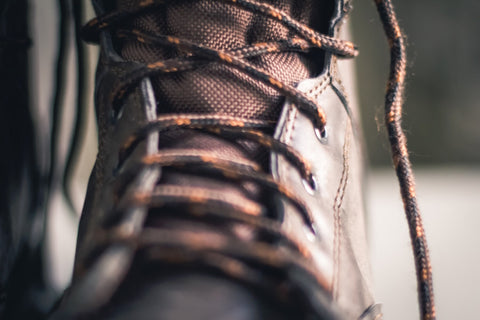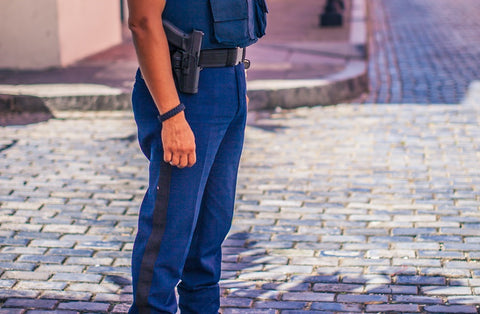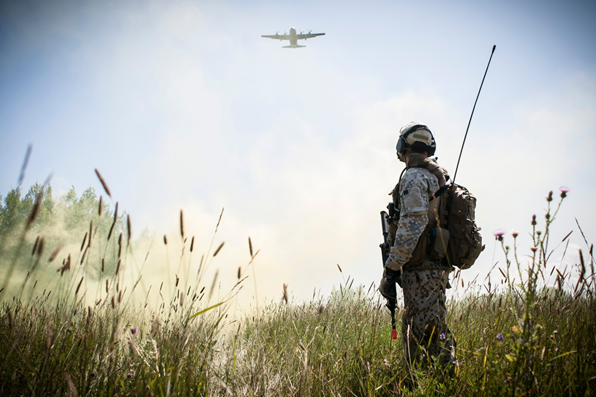The Art of Tactical Layering: Comfort and Functionality in Changing Conditions
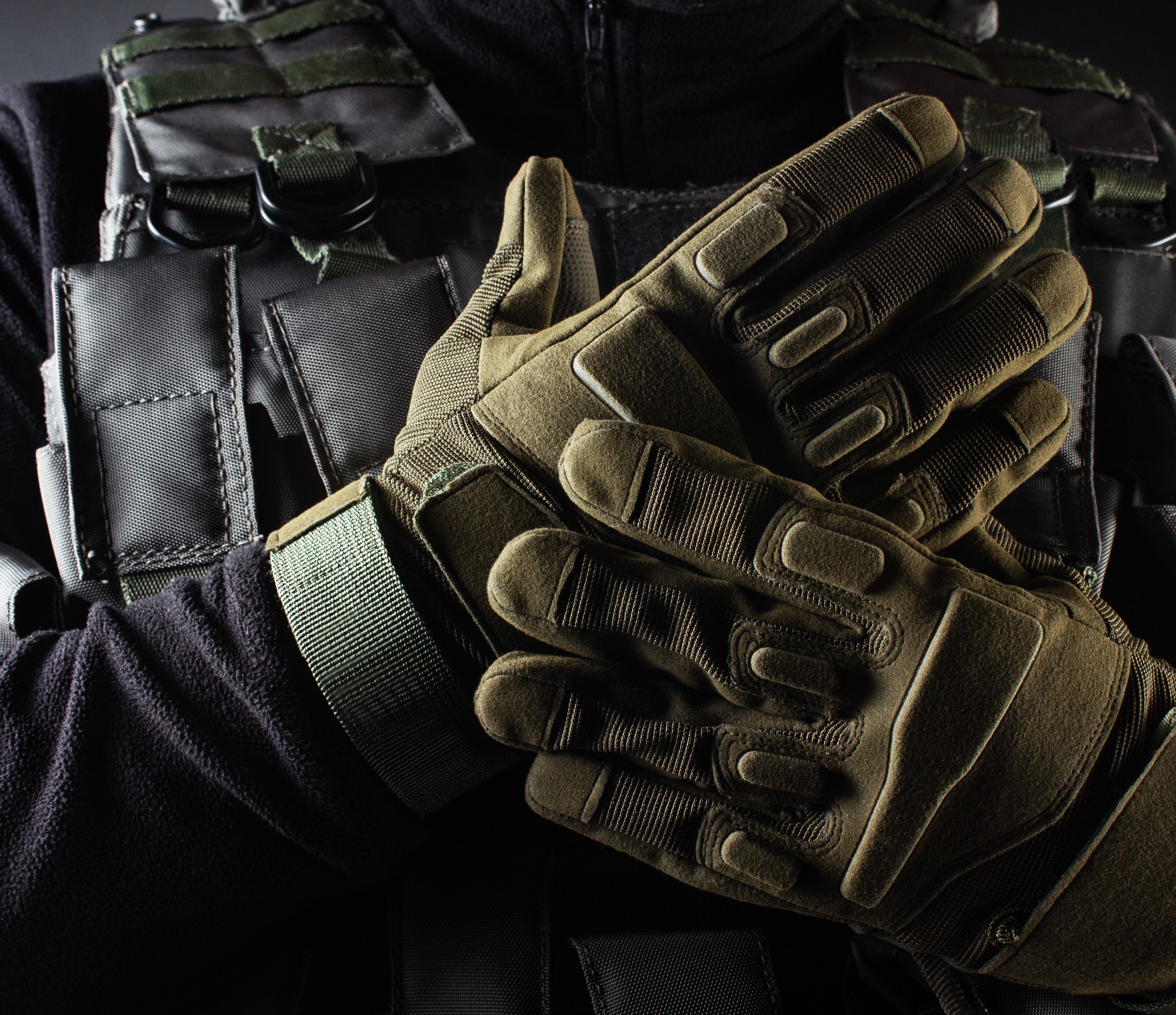
The Science of Layering in Tactical Environments
Layering clothing is an essential skill for tactical professionals, and mastering it can significantly improve your comfort, performance, and overall safety in the field. The basic principle behind layering is simple: wear multiple layers of clothing that each serve a specific function.
Each layer has a role—whether it's moisture management, insulation, or weatherproofing—that collectively works to keep your body comfortable and protected, no matter the conditions you face.
In tactical environments, the need for adaptability is paramount.
Whether you’re exposed to extreme heat, biting cold, or fluctuating weather, layering allows you to quickly adjust your clothing to match the environment. The science behind tactical layering focuses on maintaining your body’s core temperature, which is crucial for both physical performance and mental sharpness.
By wearing the right combination of tactical base layers, mid-layers, and outer layers, you can effectively trap warmth in cold weather, expel excess heat in warm climates, and prevent sweat from becoming a hazard.
Moisture management is one of the key factors in tactical layering. The first layer (your base layer) is tasked with wicking sweat away from your skin to prevent discomfort, chafing, and even hypothermia. By keeping your skin dry, you minimize the risk of temperature-related fatigue. The layers that follow—the mid-layer and outer layer—provide insulation and protection from wind and rain, ensuring that your body temperature remains stable.
Together, these layers create a balanced system that helps you stay focused and functional, even when the weather turns unpredictable.
Choosing the Right Base Layers for Temperature Regulation
The base layer is the foundation of tactical layering, and choosing the right one is crucial to regulating your body temperature. This layer sits closest to your skin, so it needs to be comfortable, breathable, and most importantly, moisture-wicking. In tactical situations, sweat can be a serious problem—it cools your body down when you don’t want it to, making you feel cold and clammy in cooler weather, and it can contribute to heat exhaustion in warmer climates. That’s where moisture-wicking fabrics come in.
Tactical base layers made from synthetic fabrics like polyester or merino wool are excellent choices for managing sweat. They are designed to pull moisture away from your skin, allowing it to evaporate quickly and preventing sweat from building up. A product like a moisture-wicking shirt is ideal for this purpose.
These shirts keep you dry during high-intensity activities, which not only helps with temperature regulation but also improves comfort. In hot environments, base layers with breathability ensure that your sweat evaporates quickly, cooling your body down naturally.
In cold conditions, base layers help keep you warm by pulling sweat away from your skin, preventing moisture from chilling you as it sits on your body.

Additionally, temperature regulation doesn’t just stop at keeping you cool or warm—it’s about maintaining the right balance for the duration of your activity. Choosing a base layer that can handle the specific conditions of your environment, whether you're facing high temperatures or freezing cold, will give you the flexibility to adapt quickly as the situation changes.
Mid-Layers for Warmth and Flexibility
Once you've established a solid base layer, the next step in your tactical layering system is the mid-layer. This layer is all about insulation—trapping heat close to your body to maintain warmth, especially in colder environments.
Unlike the base layer, which focuses on moisture control, the mid-layer is designed to retain warmth while still offering some breathability. It needs to be flexible enough to move with you but also provide adequate insulation to keep you comfortable.
Mid-layers come in a variety of forms, but insulated jackets or fleece layers are commonly used in tactical environments.
A fleece-lined jacket, for example, offers excellent warmth without adding too much bulk, making it easier to move in demanding situations. The goal is to stay warm without sacrificing flexibility, so you can still climb, run, or crouch without being restricted by heavy or stiff clothing.
When choosing a mid-layer, consider the type of activity you’ll be performing. If you’re going to be highly active, you might want a lighter mid-layer that offers some warmth without overheating you.
If you’ll be stationary for extended periods, a thicker mid-layer might be necessary to keep your body warm in colder weather. Ultimately, the mid-layer’s flexibility is key—it should work seamlessly with your base layer to help regulate your body temperature without limiting your movement or agility.
Outer Layers: Weatherproofing Without Losing Mobility
The outer layer is your first line of defense against harsh weather conditions. Whether you're dealing with rain, snow, or wind, the outer layer’s job is to keep the elements out while still allowing moisture from your body to escape.
In tactical situations, your outer layer must be durable and weatherproof, but it should also be lightweight and flexible enough to ensure you retain full mobility. Being able to move quickly and efficiently, even in adverse conditions, is non-negotiable when you’re in the field.
Look for outer layers made from materials that are waterproof, windproof, and breathable. Jackets with features like fully sealed seams and DWR (Durable Water Repellent) coatings are ideal for keeping you dry, while breathable fabrics prevent sweat from building up inside the jacket.
The challenge is to find outerwear that doesn’t feel heavy or restrictive, and this is where advancements in tactical gear come into play.
Products like insulated jackets often combine a water-resistant shell with lightweight insulation, providing a perfect balance between protection and mobility. The goal is to maintain warmth and weather protection without compromising the ability to respond quickly to your environment.
Consider outer layers that offer practical features such as adjustable hoods, ventilation zippers, and reinforced elbows or shoulders for added durability. These small details make a big difference when you’re dealing with prolonged exposure to the elements, ensuring that your outer layer is not only protective but also adaptable to your mission’s demands.
Layering for Extreme Cold or Heat
One of the most critical aspects of tactical layering is knowing how to adjust your system for extreme cold or heat. In freezing conditions, it’s essential to trap as much body heat as possible while avoiding excessive bulk that can limit your range of motion.
For cold-weather layering, you'll want to combine your moisture-wicking base layer with an insulated mid-layer, and top it off with a weatherproof outer layer.
In extreme cold, adding an extra mid-layer, such as a thicker fleece or synthetic jacket, can provide additional insulation without restricting movement.
In hot environments, the strategy shifts. Instead of insulation, your focus is on keeping cool while still protecting yourself from the sun and heat. Lightweight, moisture-wicking shirts, paired with breathable, UV-protective outer layers, help you stay cool and dry.
Tactical professionals often rely on quick-dry fabrics that not only pull sweat away from the skin but also allow air to circulate freely, preventing heat buildup. The key in hot climates is ventilation and ensuring that each layer works together to regulate body temperature without trapping heat.
Layering in both extreme cold and heat requires adaptability. The ability to shed layers when you’re overheated or add more when the temperature drops is critical. That’s why modular outerwear—jackets with removable liners or ventilation options—are often favored in tactical environments where temperatures can shift rapidly..
Maintaining Functionality Despite Layering
One of the biggest challenges in tactical layering is maintaining functionality while wearing multiple layers. It’s easy to feel bulky or restricted when you’re adding extra clothing for warmth or protection.
However, with the right gear, you can stay functional and mobile, even with multiple layers on. The trick is to choose tactical clothing that is specifically designed for layering, ensuring that each piece fits well and complements the others.
The fit of your layers is crucial. Your base layer should be snug but not tight, allowing it to wick moisture without restricting movement.
Mid-layers, like fleece jackets, should offer warmth without too much bulk, while outer layers should provide protection without limiting your range of motion. Look for tactical gear with ergonomic designs, such as jackets with gusseted underarms or articulated elbows, which allow for full mobility even when you're fully layered up.
Lastly, don’t forget about your accessories.
Gloves, hats, and neck gaiters all play a role in your overall layering system and should be chosen with the same level of care as your main layers. Tactical gloves that offer both warmth and dexterity are essential, especially when handling weapons or tools in cold conditions.
By choosing the right layers and focusing on fit and functionality, you can maintain peak performance even in the most demanding environments.


